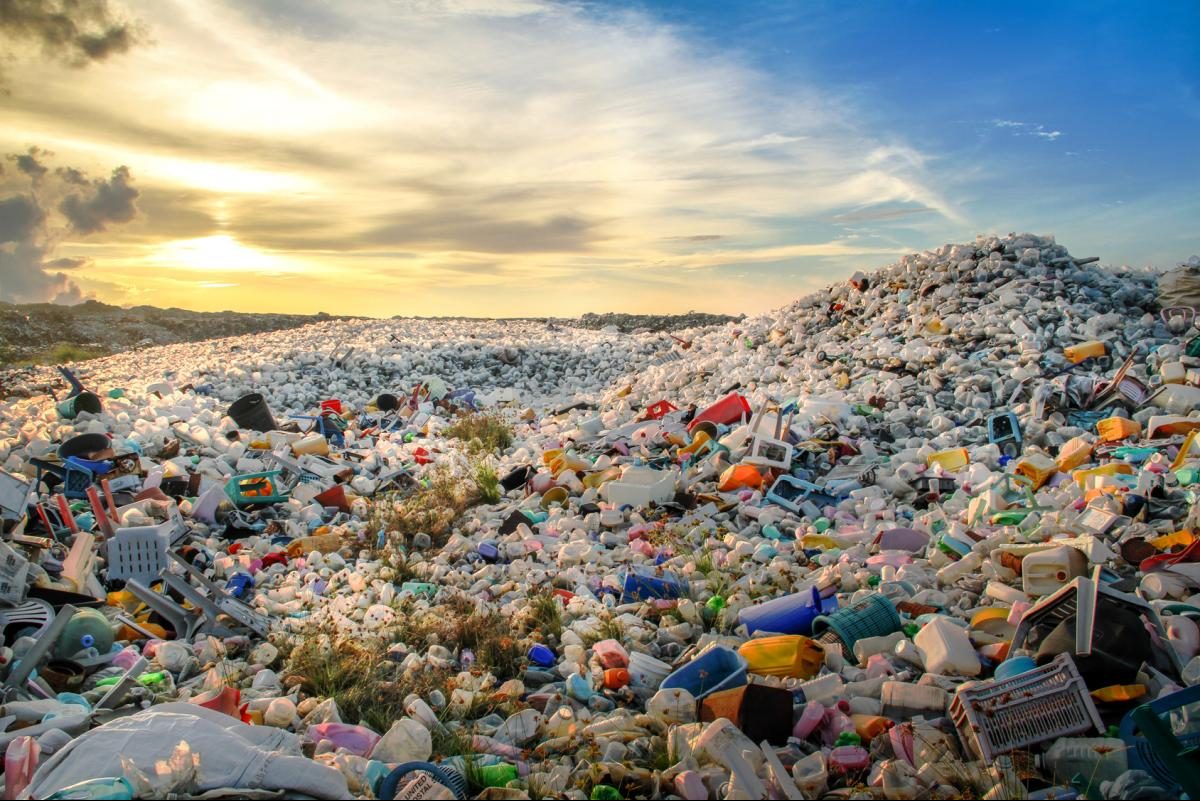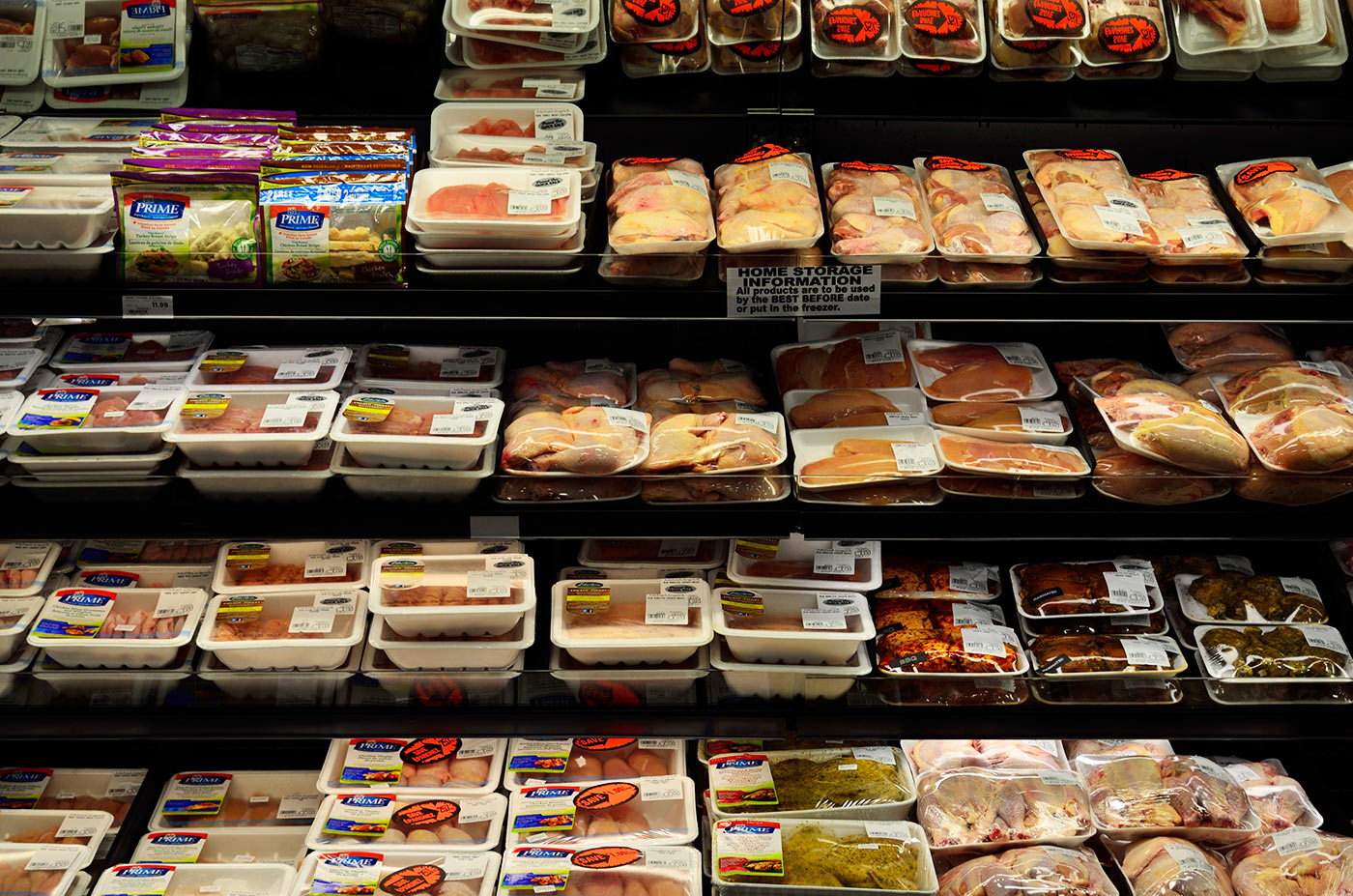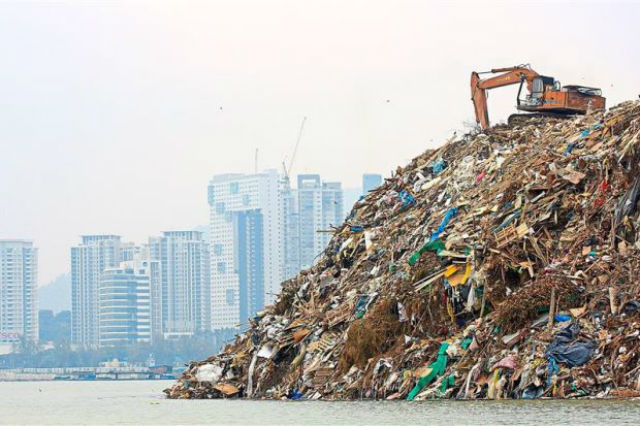Malaysia’s ‘Tapau’ Culture Is A Major Contributor To The Nation’s Plastic Problem
 Thirsty for JUICE content? Quench your cravings on our Instagram, TikTok and WhatsApp
Thirsty for JUICE content? Quench your cravings on our Instagram, TikTok and WhatsApp

Malaysians sure love to tapau (takeaway) their food, and according to a WWF-Malaysia study – our takeaway culture is one of the major contributors to the nation’s waste problems.
The NGO released a study called the “Study on EPR (Extended Producer Responsibility) Scheme Assessment For Packaging” on 21 September, which indicated that various forms of single-use plasticware, from plastic bags to cutlery – the choice for takeaway food – are the reason Malaysians use and ultimately throw away so much plastic.
“With the ease and convenience of buying readily cooked food in Malaysia from hawker stalls and restaurants, many households commonly opt for takeaway food. This culture of purchasing takeaway food results in a high degree of plastic packaging to store and transport the food.
“For example, a simple meal of takeaway noodles with soup would comprise up to six different single-use plastic items i.e. at least three layers of packaging – one plastic packaging for the noodles, one for the soup, and another to hold the two separate packagings that contains the noodles and soup, wooden chopsticks packed in plastic, a plastic spoon and potentially a separate small bag for chilli or sambal.

“This trend has been exacerbated with the introduction of motorbike-based delivery services, that delivery takeaway food not only from the typical fast-food outlets but also from individual outlets and even hawker stalls,” said the report.
According to the report, Malaysia has the highest annual per capita plastic use recorded at 16.78kg per person compared to other Southeast Asian countries like Indonesia, China, Phillippines, Thailand and Vietnam. Despite the shocking figures and the number of plastic waste produced, Malaysia still has a low recycling rate of 20%².
The report also states that plastic packaging is preferable in Malaysia as it’s seen as a necessity to prevent foods from turning bad or eaten by pests, a common problem due to the country’s humid climate.
“Day-to-day grocery products such as flour, sugar or pasta are often packaged in paperboard in colder climates. However, in tropical climates, these products typically require a different or additional form of packaging with plastic. In addition, instant beverages, instant noodles and other snacks are often sold in individual portions which are packaged in multi-layer sachets,” said the report.

Although we have one of the highest plastic consumption and waste, the report said that Malaysia has the best recycling infrastructure in Asean. But instead of utilising it to manage and recycle waste products, the majority of recyclers and aggregators import them.
To make sure the country has manageable and financially viable waste management, the report suggested that an EPR scheme is made mandatory and customised to fit the country’s needs and challenges.
“There is nothing unusual about the EPR scheme. Governments of several low and middle-income countries have started to introduce or draft regulations on EPR. Companies and business associations have also launched voluntarily commitments and initiatives based on EPR schemes to accelerate the transition to sustainable waste management and circular economy,
“However, an effective EPR scheme must be designed and tailored to the existing waste management system and flow of recyclable materials,” said Dr Adrian Choo, Lead for the Sustainable Markets Programme in WWF-Malaysia in a press release along with the report.

Choo also said that, “Ultimately, we need an EPR legal framework that outlines clear objectives, responsibilities, enforcement mechanisms, and a timeline for implementation. EPR complements other environmental regulations such as shifting to a circular economy, promoting eco-design, and transitioning to a more resource-efficient economy.”
According to WWF Malaysia, approximately 4.8 to 12.7 million tonnes of plastic enters the ocean yearly, with a vast majority of the waste leaks into the Indian and Pacific oceans, where many coastal-lands and countries are located.
Under the current trends, the volume of plastic waste will increase four times between 2010 and 2050 and the ocean could have more plastic than fish.
You can read the full report here.


 Get Audio+
Get Audio+ Hot FM
Hot FM Kool 101
Kool 101 Eight FM
Eight FM Fly FM
Fly FM Molek FM
Molek FM

